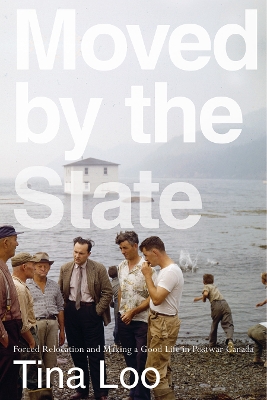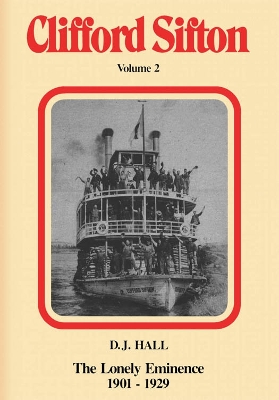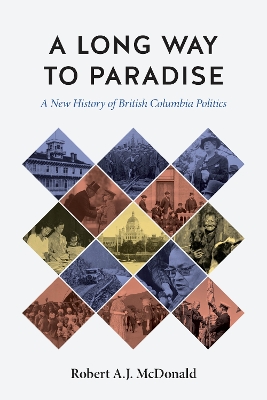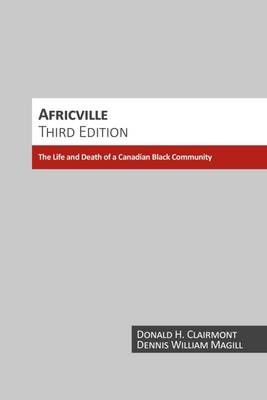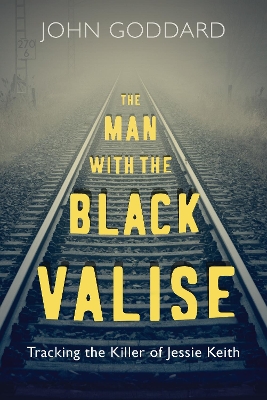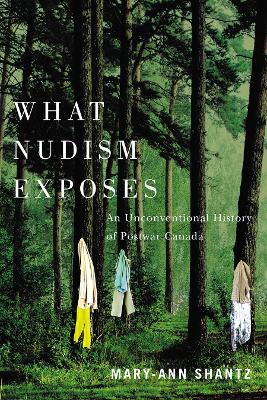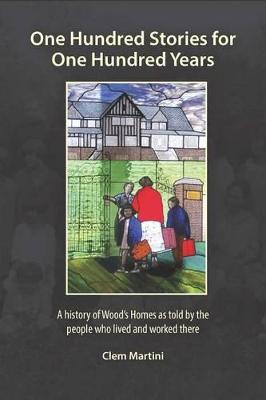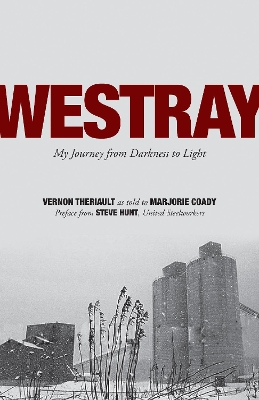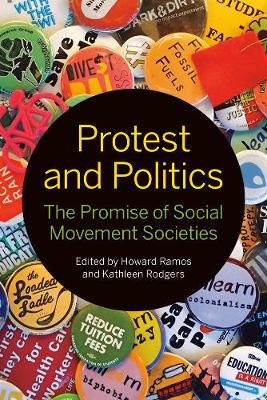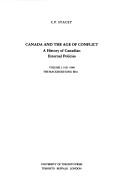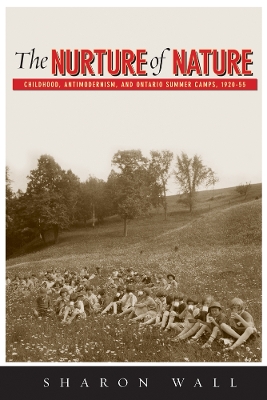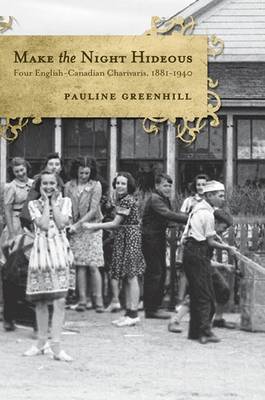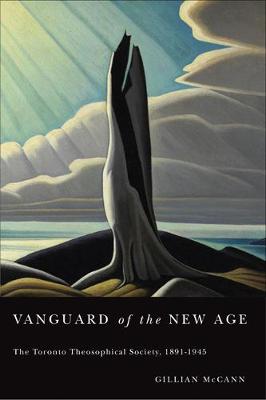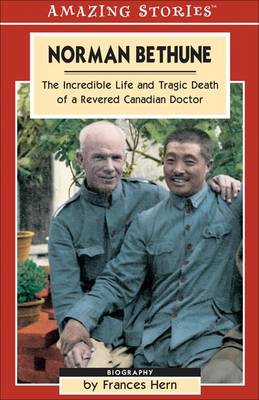Prime Ministers of Canada (Songs That Teach History)
by Ed P Butts and Blaine Selkirk
From the 1950s to the 1970s, the Canadian government relocated people living in rural and urban communities, often against their will, in order to alleviate the all-too-common lack of social services and economic opportunities. Moved by the State offers a completely new interpretation of this undertaking, focusing on the bureaucrats and academics who designed and implemented these relocations - and on the larger development project they were pursuing. Tina Loo's finely crafted history reveals th...
Canada's Mechanized Infantry (Studies in Canadian Military History)
by Peter Kasurak
Canada's Mechanized Infantry explores the development of the Canadian Army's infantry after the First World War. Modern studies of technology and war have tended to focus on tanks and armour, but soldiers discovered that military success really depends on the combination of infantry, armour, and artillery. Peter Kasurak demonstrates how the Canadian army implemented successful infantry vehicles and doctrine to further its military goals during the Second World War until organizational constraint...
A Long Way to Paradise (The C.D. Howe Series in Canadian Political History)
by Robert A.J. McDonald
The political landscape of British Columbia has been characterized by divisiveness since Confederation. But why and how did it become Canada’s most fractious province? A Long Way to Paradise traces the evolution of political ideas in the province from 1871 to 1972, exploring British Columbia’s journey to socio-political maturity. Robert McDonald explains its classic left-right divide as a product of “common sense” liberalism that also shaped how British Columbians met the demands and challenges...
In the mid 1960s the city of Halifax decided to relocate the inhabitants of Africville-a black community that had been transformed by civil neglect, mismanagement, and poor planning into one of the worst city slums in Canadian history. Africville is a sociological account of the relocation that reveals how lack of resources and inadequate planning led to devastating consequences for Africville relocatees. Africville is a work of painstaking scholarship that reveals in detail the social injustic...
The story of one of the vilest murders in Canadian history. One glorious autumn day in 1894, a drifter attacked thirteen-year-old Jessie Keith so violently that people thought Jack the Ripper must be loose in rural Ontario. To solve the crime, the government called in Detective John Wilson Murray, the true-life model for Detective William Murdoch of the popular TV series Murdoch Mysteries. His prime clue was a black valise. The Man with the Black Valise traces the killer's trajectory through...
What Nudism Exposes situates the nudist movement within the social and cultural context of postwar Canada by considering how nudist practices and attitudes both departed from and reinforced mainstream values in changing times. In this perceptive, eminently readable book, Mary-Ann Shantz describes how nudists sought social approval as they participated in contemporary debates about childrearing, pornography, and public nudity. Shantz explains the perspectives of the nudist movement while question...
Placing Memory and Remembering Place in Canada
Places are imagined, made, claimed, fought for and defended, and always in a state of becoming. This important book explores the historical and theoretical relationships among place, community, and public memory across differing chronologies and geographies within twentieth-century Canada. It is a collaborative work that shifts the focus from nation and empire to local places sitting at the intersection of public memory making and identity formation - main streets, city squares and village museu...
The History of Canada Series - The Last Act: Pierre Trudeau (History of Canada)
by Ron Graham
In November 1981, in what has been called the most important conference since the Fathers of Confederation got together in Quebec City in 1864, Prime Minister Pierre Elliott Trudeau met behind closed doors in Ottawa with the ten premiers. It was the culmination of more than five decades of political wrangling, one last attempt to renew the constitution with the consent of the provinces. Given the threat of Quebec independence, the ambitions of Western Canada, and the provinces’ demands for more...
Protest and Politics
The Tea Party. The Occupy Movement. Idle No More. Around the world, popular social movements are challenging the status quo. Yet most democracies are seeing a decline in voter turnout. Protest and Politics examines this shift in political participation, as well as the blurring of social movements and mainstream politics, through the lens of the social movement society thesis. Analyzing historical and contemporary social movements in Canada in comparison to those in the US and in the transnationa...
Few historians are as qualified as C.P. Stacey to address the questions underlying Canada and the Age of Conflict. This volume completes his authoritative and magisterial general history of Canada's relations with the outside world. The basic theme of the work is that foreign policy, like charity, begins at home. To this end Professor Stacey emphasizes how changing social, economic, and political conditions within Canada have dictated her reactions to external problems. Volume II begins with the...
A Life of Caring
by Jeanette Walsh, Marilyn Marsh, and Marilyn Beaton
The Nurture of Nature (Nature | History | Society) (Nature/History/Society)
by Sharon Wall
Thousands of children attended summer camps in twentieth-century Ontario. Did parents simply want a break, or were broader developments at play? The Nurture of Nature explores how competing cultural tendencies - antimodern nostalgia and modern sensibilities about the landscape, child rearing, and identity - shaped the development of summer camps and, consequently, modern social life in North America. A valuable resource for those interested in the connections between the history of childhood, th...
Make the Night Hideous (Canadian Social History)
by Pauline Greenhill
The charivari is a loud, late-night surprise house-visiting custom from members of a community, usually to a newlywed couple, accompanied by a qu te (a request for a treat or money in exchange for the noisy performance) and/or pranks. Up to the first decades of the twentieth century, charivaris were for the most part enacted to express disapproval of the relationship that was their focus, such as those between individuals of different ages, races, or religions. While later charivaris maintained...
Hobohemia and the Crucifixion Machine (Fabriks: Studies in the Working Class)
by Todd McCallum
In the early years of the Great Depression, thousands of unemployedhomeless transients settled into Vancouver's "hobojungle." The jungle operated as a distinct community, in whichgoods were exchanged and shared directly, without benefit of currency.But as the transients moved from the jungles to the city, they madeinnumerable demands on Vancouver's Relief Department, consumingfinancial resources at a rate that threatened the city with bankruptcy.McCallum argues that, threatened by this "ungovern...
Vanguard of the New Age unearths a largely ignored dimension of Canadian religious history. Gillian McCann tells the story of a diverse group of occultists, temperance leaguers, and suffragettes who attempted to build a Utopian society based on spiritual principles. Members of the Toronto Theosophical Society were among the first in Canada to apply Eastern philosophy to the social justice issues of the period - from poverty and religious division to the changing role of women in society. Among...

